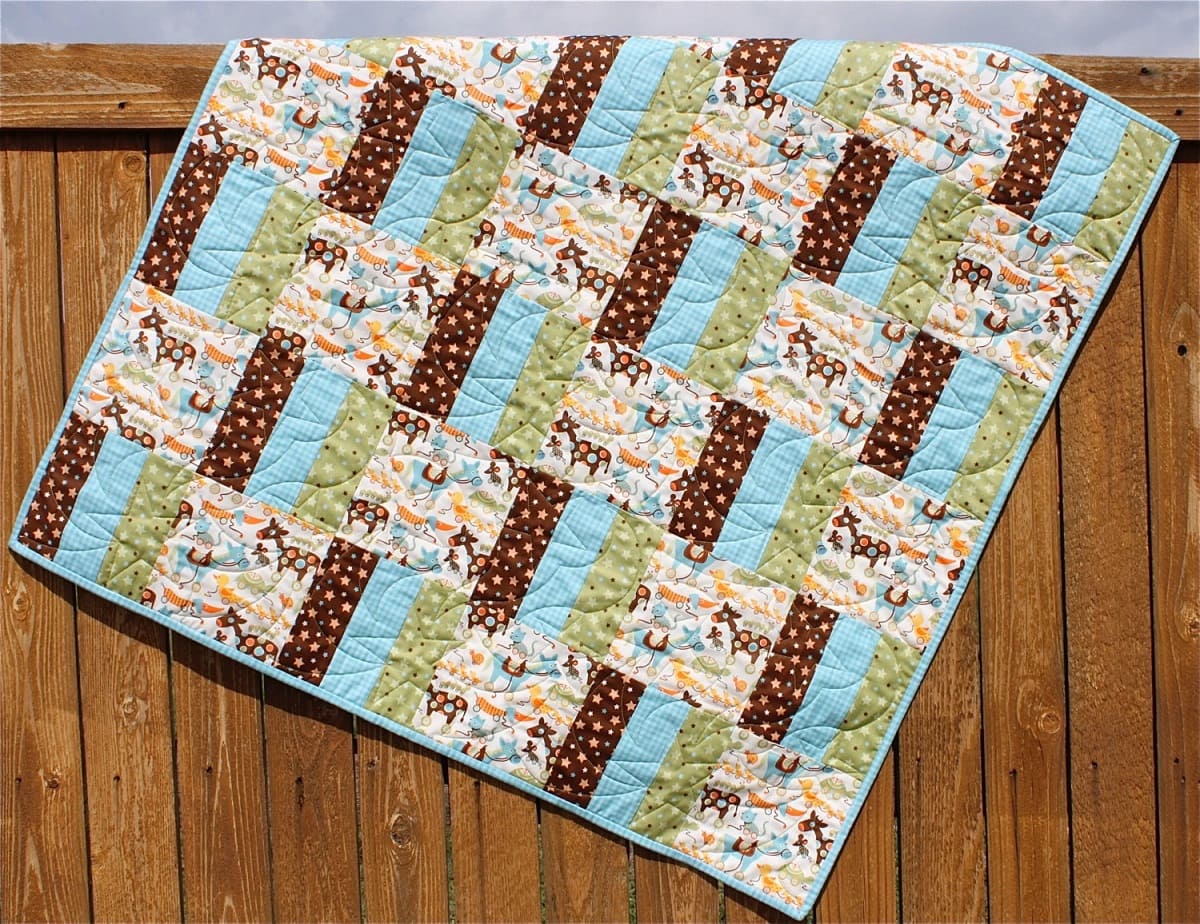

Articles
How Many Fat Quarters To Make A Baby Quilt
Modified: February 24, 2024
Discover helpful articles on how many fat quarters you need to make a baby quilt. Get expert tips and advice for your next quilting project.
(Many of the links in this article redirect to a specific reviewed product. Your purchase of these products through affiliate links helps to generate commission for Storables.com, at no extra cost. Learn more)
Introduction
Welcome to the world of quilting, where creativity and craftsmanship come together to create beautiful and functional works of art. If you’re just starting out on your quilting journey, you may have come across the term “fat quarter” and wondered what it means and how it relates to quilting. In this article, we will explore the concept of fat quarters and specifically discuss how many are needed to make a baby quilt.
A fat quarter is a term commonly used in the quilting world to refer to a piece of fabric. Unlike a regular quarter-yard of fabric, which is cut in a long, thin strip (9 inches by the width of the fabric), a fat quarter is created by cutting a half-yard of fabric in half widthwise. This results in a piece that measures approximately 18 inches by 22 inches.
When it comes to making a baby quilt, fat quarters are a popular choice due to their versatility and variety. They allow quilters to easily mix and match different patterns and colors to create visually appealing designs. Additionally, fat quarters are often sold in collections or bundles, known as fat quarter bundles, which are curated to coordinate well together.
Before you can determine how many fat quarters you will need for your baby quilt, it is important to have a clear idea of the design you want to create. Are you planning to make a simple patchwork quilt or incorporate more intricate designs? The complexity and size of your chosen design will influence the number of fat quarters you will require.
When selecting fat quarters for your baby quilt, consider the theme or color scheme you want to follow. Do you desire a soft and pastel-colored quilt or a vibrant and bold one? Keep in mind that specific fabrics may be needed for borders, sashing, or applique elements, so ensure you have enough of those as well.
Now that you have an understanding of fat quarters and have chosen your fabrics, it’s time to calculate how many fat quarters you will need. The number of fat quarters required depends on a few factors, including the size of the quilt, the design complexity, the fabric pattern repeat, and the desired level of fabric variety.
In the next section, we will delve deeper into the process of calculating the fabric requirements for your baby quilt and provide some guidelines on the average number of fat quarters needed for different quilt sizes.
Key Takeaways:
- Fat quarters offer versatility and creativity in baby quilt making, allowing for a wide range of design options and fabric variety to create visually appealing and personalized quilts.
- Careful planning and efficient use of fat quarters can help maximize fabric usage, resulting in stunning and cohesive baby quilts that showcase the unique qualities of these versatile fabric cuts.
Read more: How To Make A Quilt With Fat Quarters
What is a Fat Quarter?
Before we delve into the details of using fat quarters to make a baby quilt, let’s first understand what exactly a fat quarter is. In the world of quilting, a fat quarter is a pre-cut piece of fabric that measures approximately 18 inches by 22 inches. It is created by cutting a half-yard of fabric in half widthwise.
Unlike a regular quarter-yard of fabric, which is a long, thin strip measuring 9 inches by the width of the fabric, a fat quarter provides quilters with a more versatile and usable piece of fabric. With its larger size and rectangular shape, fat quarters open up a world of possibilities for design and creativity.
One of the big advantages of using fat quarters in quilting is the ability to mix and match fabrics easily. Fat quarters are often sold in collections or bundles, known as fat quarter bundles, where varying patterns and coordinating colors are carefully curated. These collections offer a great starting point for creating beautiful quilt designs without the need to spend hours selecting individual fabrics.
The larger size of fat quarters also allows for more flexibility in design. Instead of being limited to small patches of fabric, quilters can cut larger pieces or use the full width of the fabric for their desired design elements. This is especially helpful when working with intricate patterns or when fussy cutting specific motifs from the fabric.
Fat quarters are not only versatile in design but also provide quilters with a wide range of fabric options. From intricate patterns to playful prints and from bold colors to soft pastels, fat quarters offer a vast selection of choices to suit any quilting project. Whether you’re creating a modern, minimalist quilt or a traditional, vintage-inspired piece, fat quarters provide endless opportunities for creativity.
In addition to their design versatility, fat quarters also make for great stash builders. Because they are pre-cut and come in bundles, quilters can easily expand their fabric collection without the need to invest in full yardages. This allows for a diverse range of fabrics without breaking the bank.
Now that you have a better understanding of what a fat quarter is and its benefits in quilting, let’s move on to choosing the right fabric for your baby quilt and calculating how many fat quarters you will need.
Choosing the Fabric
When it comes to quilting, choosing the right fabric is crucial for achieving the desired look and feel of your quilt. The fabric selection process can be exciting, but it can also be overwhelming with the vast array of options available. Here are some tips to help you choose the perfect fabric for your baby quilt:
- Consider the theme or color scheme: Decide on the overall theme or color palette you want for your baby quilt. Are you aiming for a gender-specific theme, or do you prefer a more neutral design? Keep in mind the room decor or the baby’s personality when making your fabric selections.
- Quality matters: Opt for high-quality fabrics that are soft, durable, and easy to work with. Look for fabric lines specifically designed for quilting, as they have the appropriate weight and weave for quilts.
- Coordinate or contrast: Decide whether you want to coordinate your fabrics, using a range of fabrics from the same collection or in similar shades, or if you prefer to create contrast by mixing fabrics with different colors and patterns.
- Fabric patterns: Consider the scale of the fabric patterns. Smaller prints work well for smaller quilt blocks, while larger prints can create a bold statement in larger quilt blocks. Also, pay attention to the fabric pattern repeat, especially if you plan to use specific motifs or want to align patterns across quilt blocks.
- Texture and solids: Incorporate different textures and solids into your fabric selection to add visual interest and balance. Experiment with fabrics that have tactile elements such as flannels, denims, or linens.
- Consider the recipient: Think about who the quilt is for. If it’s a baby quilt, consider using fabrics with fun, playful prints or soft, soothing colors. Personalize the quilt by incorporating fabrics featuring the baby’s name, favorite animals, or beloved characters.
When choosing fabrics for a baby quilt, fat quarters are especially useful. They offer a wide variety of designs and colors, allowing you to mix and match easily. Fat quarter bundles are a popular choice as they are curated to coordinate well together, taking the guesswork out of fabric selection.
Remember that quilting is a personal and creative endeavor, so trust your instincts and choose fabrics that resonate with you. Enjoy the process of selecting fabrics and envisioning how they will come together to create a beautiful, one-of-a-kind baby quilt.
Now that you have an idea of how to choose the right fabric for your baby quilt, let’s move on to the next step: calculating the fabric requirements based on the size of your desired quilt.
Calculating the Fabric Requirements
When it comes to making a baby quilt, it’s important to calculate the fabric requirements accurately. This will ensure that you have enough fabric to complete your quilt without running short or having excess leftovers. Here’s a step-by-step guide to help you calculate the fabric requirements:
- Determine the quilt size: Start by deciding on the size of the baby quilt you want to make. Common baby quilt sizes are typically around 36 inches by 42 inches or 40 inches by 48 inches. However, you can adjust the size according to your preferences.
- Add the seam allowance: Keep in mind that you will need to add a seam allowance to your fabric measurements. A quarter-inch seam allowance is commonly used in quilting, so make sure to account for this when calculating the fabric requirements.
- Decide on the fabric layout: Consider whether you want to create a simple patchwork design or incorporate more intricate quilt blocks. This will influence the number of different fabrics you will need for your baby quilt.
- Calculate the fabric needed per quilt block: If you are creating quilt blocks, determine the finished size of each block, and calculate the fabric needed for each block. This will depend on the design and the size of the individual pieces within the block.
- Estimate the number of quilt blocks: Decide on the number of quilt blocks you want to make for your baby quilt. Multiply the fabric needed per block by the number of blocks to determine the total fabric needed for the blocks.
- Account for borders, sashing, and binding: If you plan to include borders, sashing, or binding in your quilt, calculate the additional fabric needed for these elements. Consider the width of the borders or sashing strips, and determine the total length needed.
- Consider backing and batting: Don’t forget to account for the fabric needed for the quilt backing and the batting layer. Measure the size of the quilt top, and add extra inches on all sides to allow for quilting and binding.
- Factor in fabric waste: It’s a good idea to allow for some extra fabric to account for cutting and sewing mistakes, as well as future repairs or touch-ups. Add a small percentage, usually around 10%, to your fabric requirements to ensure you have enough fabric.
Once you have calculated the fabric requirements for your baby quilt, it’s time to determine how many fat quarters you will need. Keep in mind that the number of fat quarters required will vary depending on the size of the quilt, the complexity of the design, and the desired level of fabric variety. In the next section, we will discuss the average number of fat quarters needed for different quilt sizes.
Now that you have a better understanding of how to calculate the fabric requirements for your baby quilt, you can confidently move forward with selecting the appropriate number of fat quarters and ensuring you have enough fabric to bring your quilt to life.
Determining the Quilt Size
Choosing the right size for your baby quilt is an important step in the quilting process. The size of the quilt will not only determine the amount of fabric you need but also play a significant role in the overall aesthetic and functionality of the finished piece. Here are some factors to consider when determining the quilt size for your baby quilt:
- Intended use: Think about how the quilt will be used. Is it meant to be a decorative piece for the nursery, a cozy blanket for the baby to snuggle with, or a practical item for everyday use? The purpose of the quilt can help you decide on the appropriate size.
- Baby’s age and growth: Consider the age of the baby and how long you want the quilt to last. If you’re making a quilt for a newborn, a smaller size may be more suitable, while a larger size can be used for a longer period as the baby grows.
- Room decor and crib size: Take into account the size of the baby’s crib or the space where the quilt will be displayed. You may want the quilt to fit perfectly within the crib or coordinate with the existing room decor.
- Quilting technique or design: The chosen quilting technique or design may dictate the size of the quilt. More intricate designs or techniques may require larger quilt sizes to showcase the details properly.
- Personal preference: Ultimately, it’s essential to consider your personal preference and the aesthetic you’re aiming for. Do you prefer a smaller, more intimate quilt or a larger, more statement-making piece? Consider what looks visually appealing to you.
Common baby quilt sizes range from approximately 36 inches by 42 inches to 40 inches by 48 inches. However, these are just general guidelines, and you have the flexibility to adjust the size according to your preferences and specific needs.
Keep in mind that the quilt size will directly affect the amount of fabric you need. Larger quilts require more fabric, while smaller ones will require less. Take into account the desired finished dimensions, and ensure that your fabric calculations accurately reflect the size of the quilt you intend to make.
Once you have determined the size of your baby quilt, you can move forward with calculating the fabric requirements and selecting the appropriate number of fat quarters. In the next section, we will explore the factors that influence the number of fat quarters needed for a quilt.
Now that you are equipped with the knowledge of how to determine the quilt size, you can proceed confidently with your baby quilt project and create a beautiful, well-proportioned piece that will be treasured for years to come.
A standard baby quilt typically requires 4-6 fat quarters, depending on the desired size and pattern. It’s always a good idea to have a few extra on hand for variety and mistakes.
Read more: How Many Fat Quarters For A Queen Size Quilt
Factors Influencing the Number of Fat Quarters Needed
When it comes to determining the number of fat quarters needed for your baby quilt, several factors come into play. These factors influence the design complexity, the fabric pattern repeat, and the desired level of fabric variety. Understanding these factors will help you accurately estimate the number of fat quarters required. Here are the key factors:
- Quilt Design: The design of your baby quilt greatly affects the number of fat quarters needed. Simple designs, like patchwork quilts, may require fewer fat quarters compared to designs with intricate blocks or motifs.
- Block Size and Quantity: If you’re creating a quilt with individual blocks, the size and quantity of the blocks will impact the number of fat quarters required. Larger blocks or a greater number of blocks will necessitate more fat quarters.
- Fabric Pattern Repeat: Pay attention to the pattern repeat of your chosen fabrics. If the fabric has a large repeat, you may need more fat quarters to ensure that pattern elements align across the quilt blocks.
- Desired Fabric Variety: Consider how much variety you want in your quilt. If you want each block or section of your quilt to feature different fabrics, you will require a higher number of fat quarters.
- Fabric Placement: If you plan to use specific fabrics for borders, sashing, or applique elements, make sure to account for these additional fabric needs when determining the number of fat quarters.
It’s important to note that the number of fat quarters required is not an exact science and can vary based on personal preferences and design choices. It’s always a good idea to have a few extra fat quarters on hand to account for any changes or improvisations you may want to make during the quilting process.
Additionally, keep in mind that fat quarters are typically 18 inches by 22 inches in size. Depending on the size of your desired quilt blocks or the dimensions of your design elements, you may need to cut the fat quarters into smaller pieces or use multiple fat quarters to achieve the desired effect.
By considering these factors and assessing the design and fabric requirements of your baby quilt, you will be able to estimate the number of fat quarters needed more accurately. In the next section, we will discuss the average number of fat quarters required for different quilt sizes to provide you with a general guideline.
Now that you understand the factors that influence the number of fat quarters needed, you can proceed with confidence in planning and gathering the necessary fabrics for your baby quilt.
Average Number of Fat Quarters Required for Different Quilt Sizes
When planning your baby quilt, it’s helpful to have a general idea of the average number of fat quarters required for different quilt sizes. While the exact number of fat quarters will depend on factors such as design complexity and desired fabric variety, the following guidelines will give you a starting point. Here are the average numbers of fat quarters needed for common baby quilt sizes:
- 36 inches by 42 inches: For a basic patchwork baby quilt with this size, you will typically need around 5 to 9 fat quarters. This will allow for a good variety of fabrics in your quilt.
- 40 inches by 48 inches: Baby quilts of this size usually require approximately 7 to 13 fat quarters. This slightly larger size will accommodate more intricate designs or larger quilt blocks.
- 45 inches by 60 inches: If you want to create a larger baby quilt or a quilt that can grow with the child, you may need around 10 to 18 fat quarters for this size. The extra fabric will allow for more design options and fabric variety.
- Custom Sizes: If you decide to deviate from the standard baby quilt sizes and opt for a custom size, you can adjust the number of fat quarters accordingly. Calculate the quilt block or design requirements, and estimate the fabric needs based on that.
Remember, these numbers are just averages and can vary depending on the specific factors mentioned earlier. It’s always a good idea to have a few extra fat quarters on hand to account for any changes or improvisations you may want to make during the quilting process.
Don’t forget to consider the borders, sashing, and binding for your quilt as well. These elements may require additional fabric beyond the number of fat quarters estimated for the main quilt blocks.
Ultimately, the number of fat quarters needed for your baby quilt will depend on your design choices, fabric pattern repeat, and desired fabric variety. The guidelines provided above serve as a helpful starting point, but feel free to adjust them based on your specific vision for the quilt.
In the next section, we will provide some tips on how to use fat quarters efficiently to create a visually appealing and cohesive baby quilt.
Now that you have an idea of the average number of fat quarters required for different quilt sizes, you can plan and gather the necessary fabrics with greater confidence.
Tips for Using Fat Quarters Efficiently
When working with fat quarters for your baby quilt, it’s important to use them efficiently to make the most of these versatile fabric cuts. Here are some tips to help you maximize your use of fat quarters:
- Plan your design: Before cutting into your fat quarters, plan your quilt design carefully. Consider where each fabric will be used and how they will complement each other. This will help you ensure that you use each piece of fabric effectively.
- Consider fabric placement: Pay attention to fabric placement within your design. Mix and match fabrics strategically to create visual interest. Use larger pieces of fabric for focal points or areas where you want specific motifs to stand out.
- Use scrap fabric wisely: Save and repurpose smaller leftover pieces of fat quarters for smaller design elements or for backing, binding, or patchwork accents in your quilt. Scraps can add texture and interest to your quilt without wasting fabric.
- Pair fabrics thoughtfully: Take the time to pair fabrics that coordinate well together. Consider color, pattern scale, and contrast. Fat quarter bundles often come curated with coordinating fabrics, making it easier to select complementary pieces.
- Utilize fussy cutting: Fussy cutting is the technique of precisely cutting specific motifs or designs from fabric. By strategically fussy-cutting certain fat quarters, you can highlight specific elements in your quilt blocks or create a more cohesive overall design.
- Combine with other fabric cuts: Don’t be afraid to mix fat quarters with other fabric cuts, such as charm squares or yardages, to achieve the desired size or design. This can help stretch your fabric options and add variation to your quilt.
- Consider fabric waste: Be mindful of fabric waste when cutting your fat quarters. Optimize your cutting layout to minimize leftover scraps. If possible, plan your design in a way that uses the entire fat quarter, leaving little to no waste.
- Experiment with fabric combinations: Don’t be afraid to mix fabrics from different collections or color families. Mixing prints, solids, and textures can add depth and visual interest to your baby quilt.
Remember, using fat quarters efficiently is not just about minimizing waste but also about creating a visually appealing and cohesive quilt. Take the time to plan and experiment with fabric combinations to achieve the desired result.
By following these tips, you can make the most of your fat quarters and create a stunning baby quilt that showcases the unique qualities of these versatile fabric cuts.
Now that you are equipped with these tips, you can confidently dive into your baby quilt project and unleash your creativity with the use of fat quarters.
Conclusion
Quilting is a beautiful and rewarding craft, and using fat quarters in your baby quilt projects can add a touch of creativity and versatility. By understanding what a fat quarter is and how to incorporate them efficiently into your quilts, you can create stunning designs that are both visually appealing and functional.
Throughout this article, we explored the concept of fat quarters and discussed various aspects related to using them in baby quilts. We learned that fat quarters are pre-cut pieces of fabric, measuring approximately 18 inches by 22 inches, which provide quilters with more options and flexibility compared to regular quarter-yard cuts.
Choosing the right fabric for your baby quilt is crucial, and fat quarters offer a wide range of designs and color options. Consider the theme or color scheme, the quality of the fabric, and the desired fabric texture and solids to achieve the desired look and feel of your quilt.
Calculating the fabric requirements is an essential step in ensuring you have enough fabric to complete your baby quilt. Factors such as quilt size, design complexity, and desired fabric variety influence the number of fat quarters needed. By carefully considering these factors and following the guidelines provided, you can estimate the appropriate number of fat quarters and reduce waste.
Determining the quilt size is another crucial decision when making a baby quilt. Consider factors such as the intended use, the baby’s age and growth, and personal preferences to determine the size that best suits your needs. This will help you plan your fabric requirements and create a quilt that is both visually appealing and functional.
We also discussed the average number of fat quarters required for different quilt sizes as a general guideline. However, it’s important to remember that these numbers can vary depending on your design choices and desired fabric variety. Adjust the estimates accordingly to best fit your specific vision for the quilt.
To use fat quarters efficiently, it’s important to plan your design, consider fabric placement, and pair fabrics thoughtfully. Utilize techniques such as fussy cutting and experiment with fabric combinations to create a unique and cohesive quilt. By following these tips, you can make the most of your fat quarters and create a stunning baby quilt.
In conclusion, fat quarters are a versatile and exciting addition to your quilting journey. They offer endless possibilities for design and color combinations, allowing you to create beautiful and personalized baby quilts. By understanding how to use fat quarters effectively and considering the various factors involved, you can bring your creative vision to life and create a cherished quilt that will be treasured for years to come.
So, grab your fat quarters, unleash your creativity, and embark on the wonderful journey of creating a baby quilt that is as unique and special as the precious little one it is meant for.
Frequently Asked Questions about How Many Fat Quarters To Make A Baby Quilt
Was this page helpful?
At Storables.com, we guarantee accurate and reliable information. Our content, validated by Expert Board Contributors, is crafted following stringent Editorial Policies. We're committed to providing you with well-researched, expert-backed insights for all your informational needs.
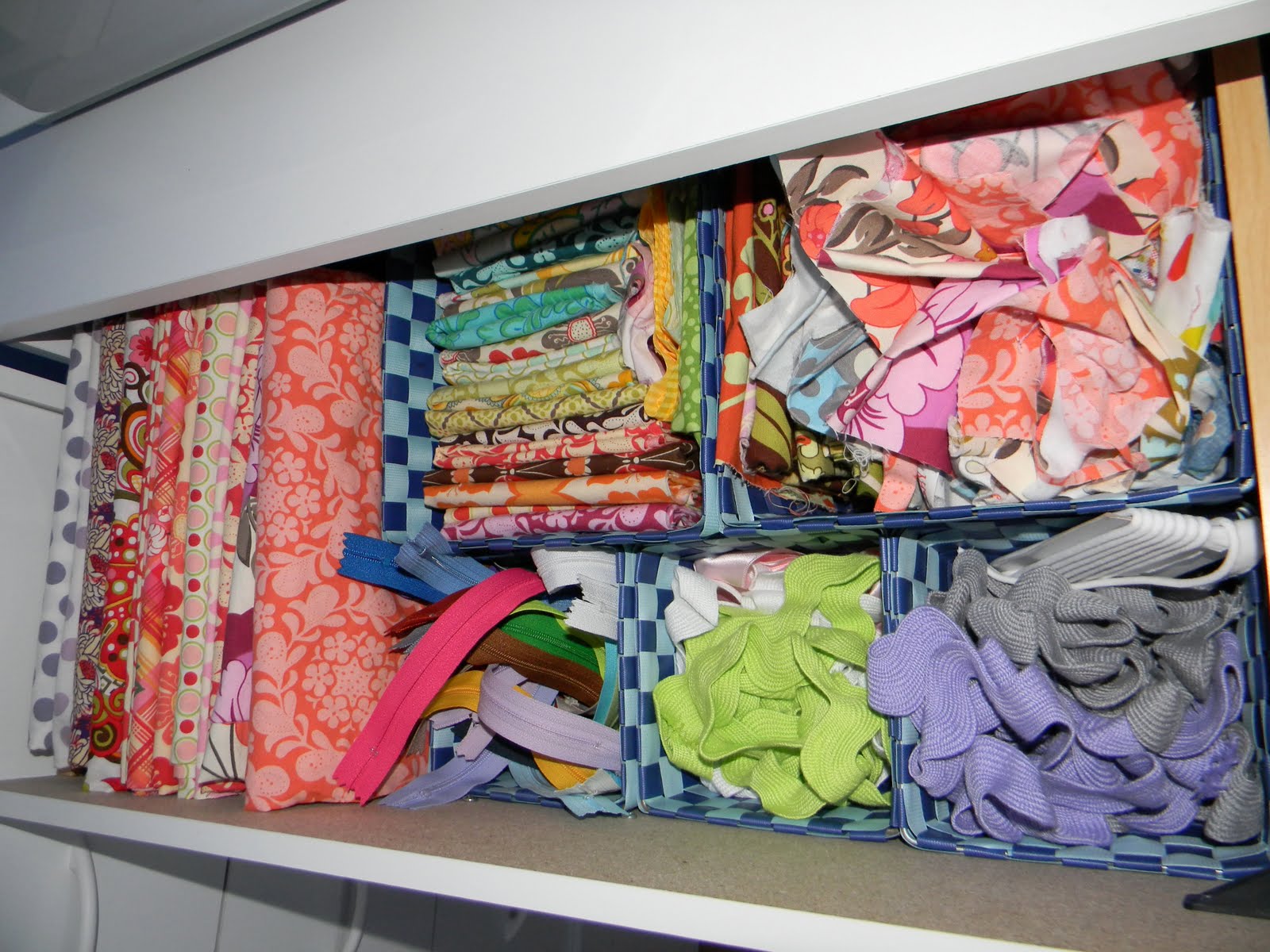
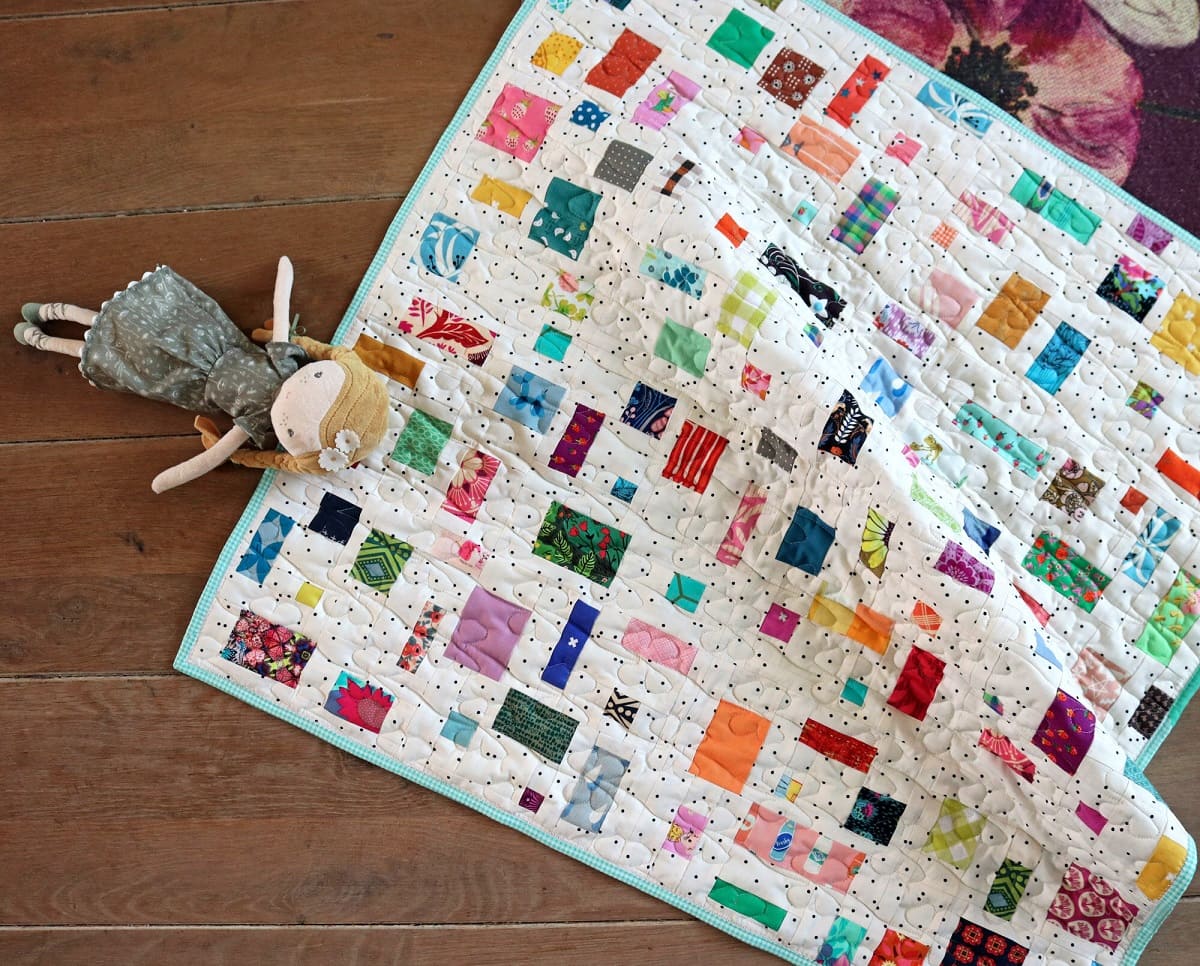
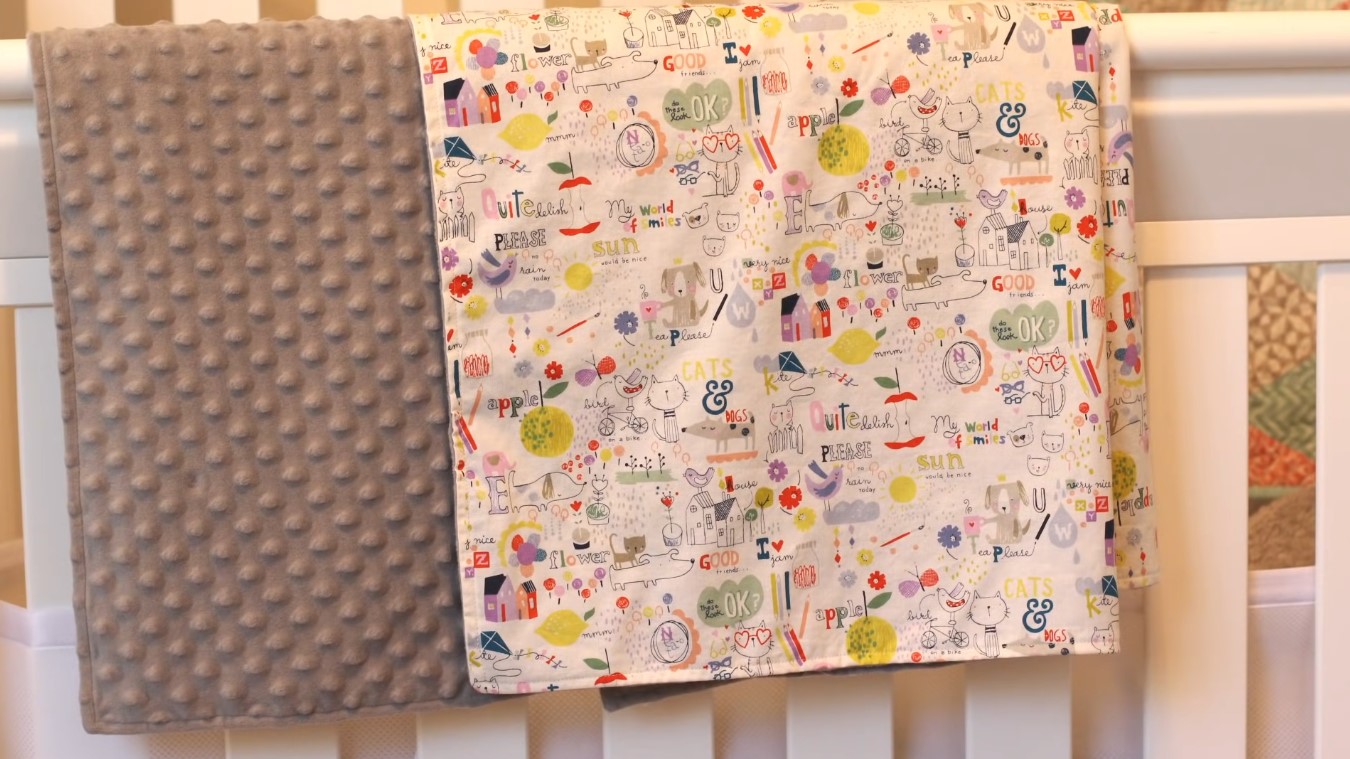
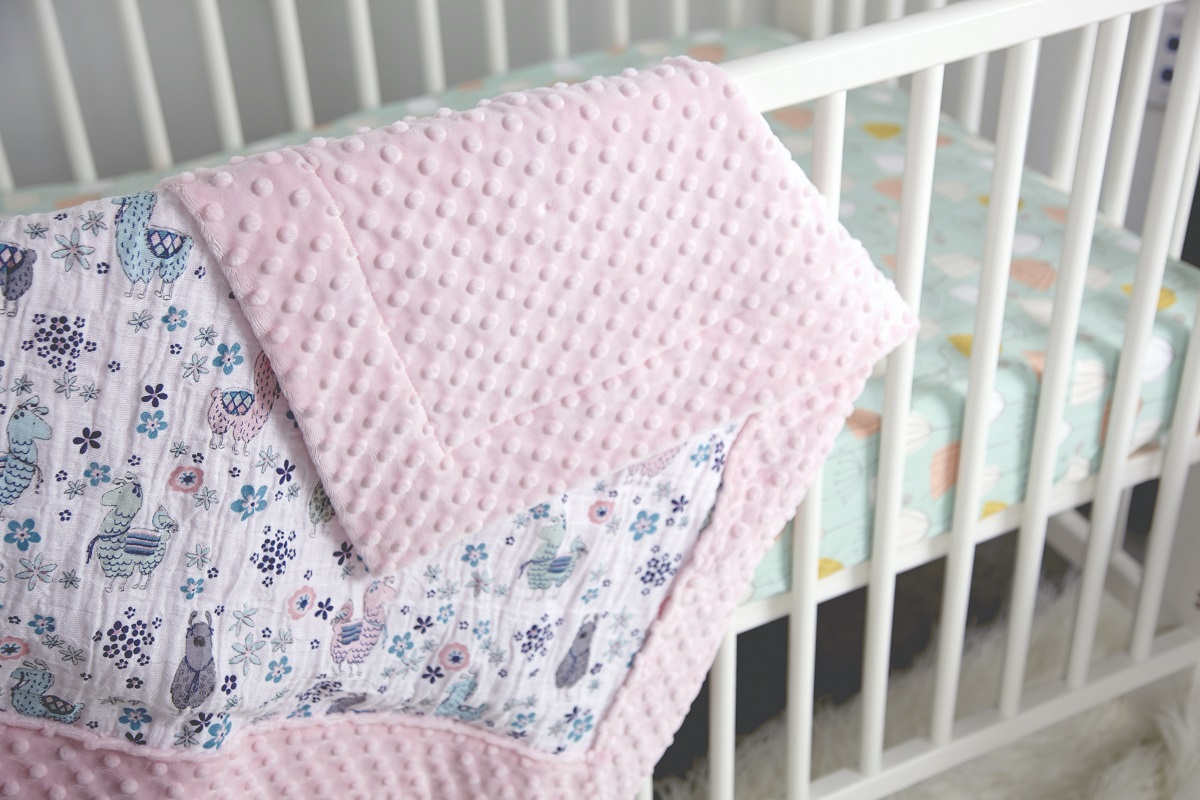
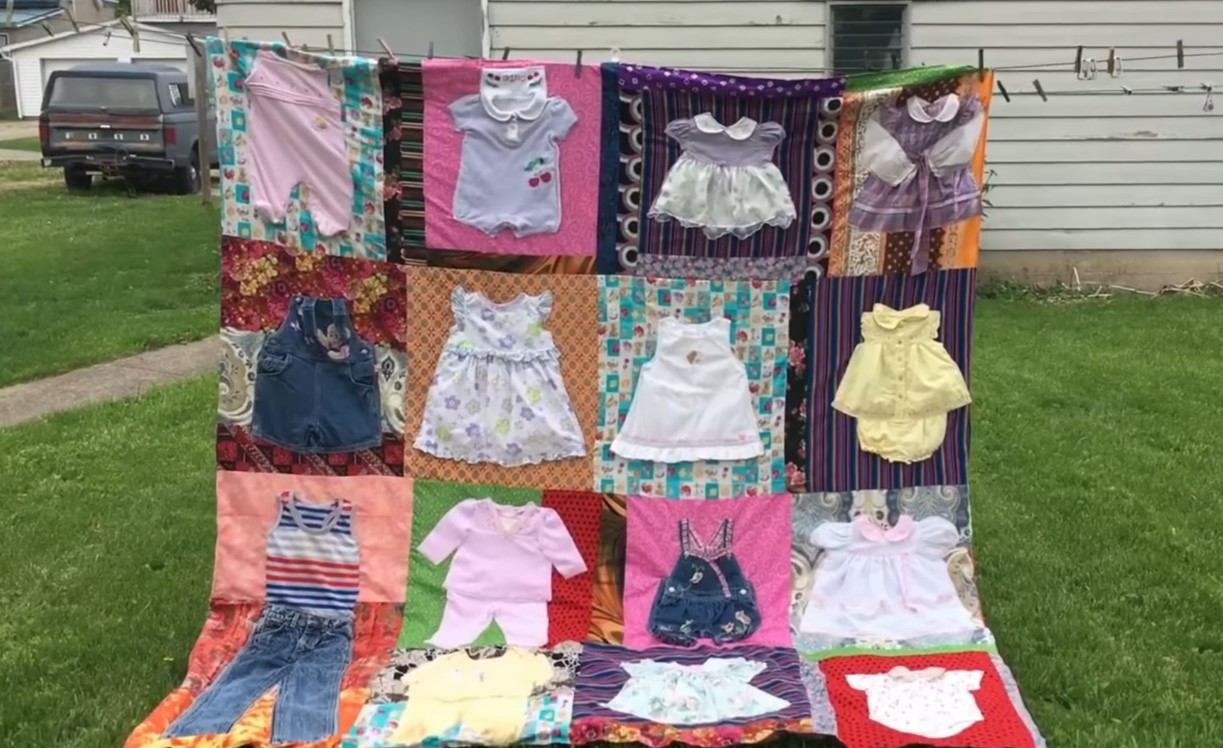
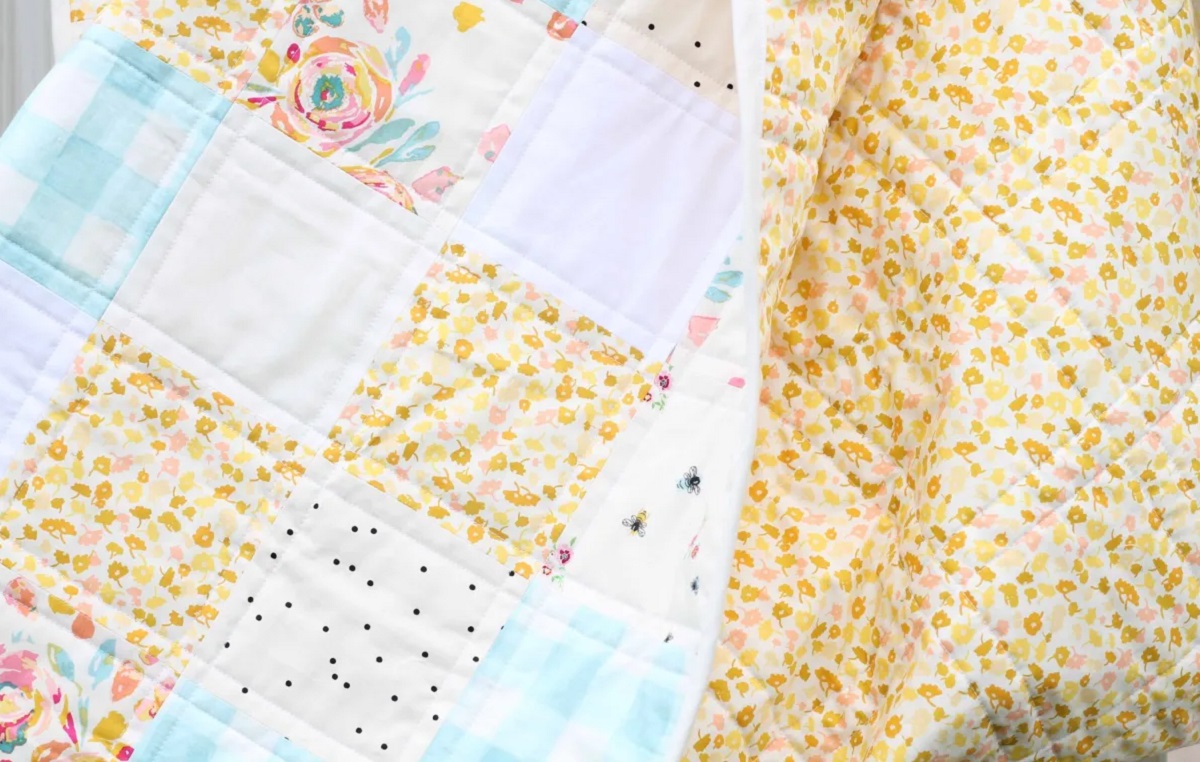
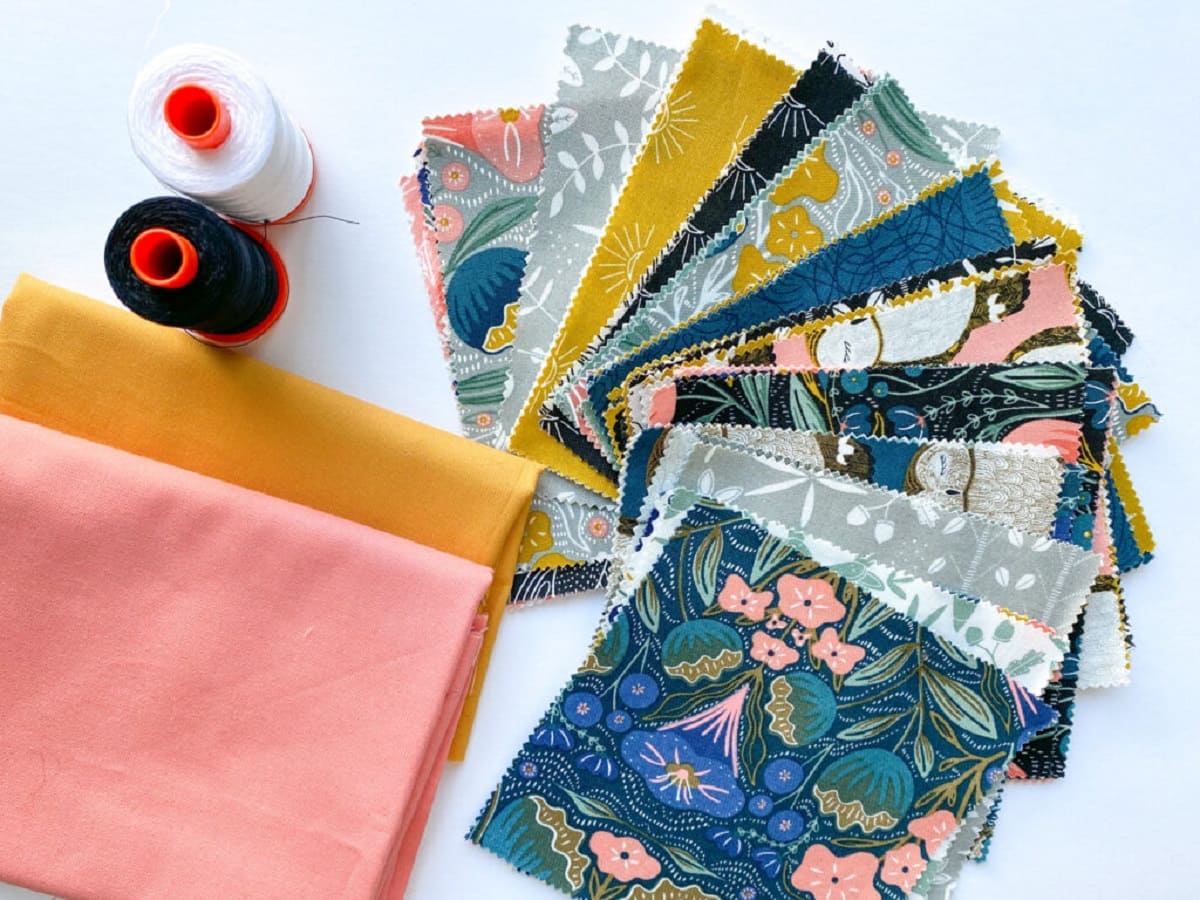
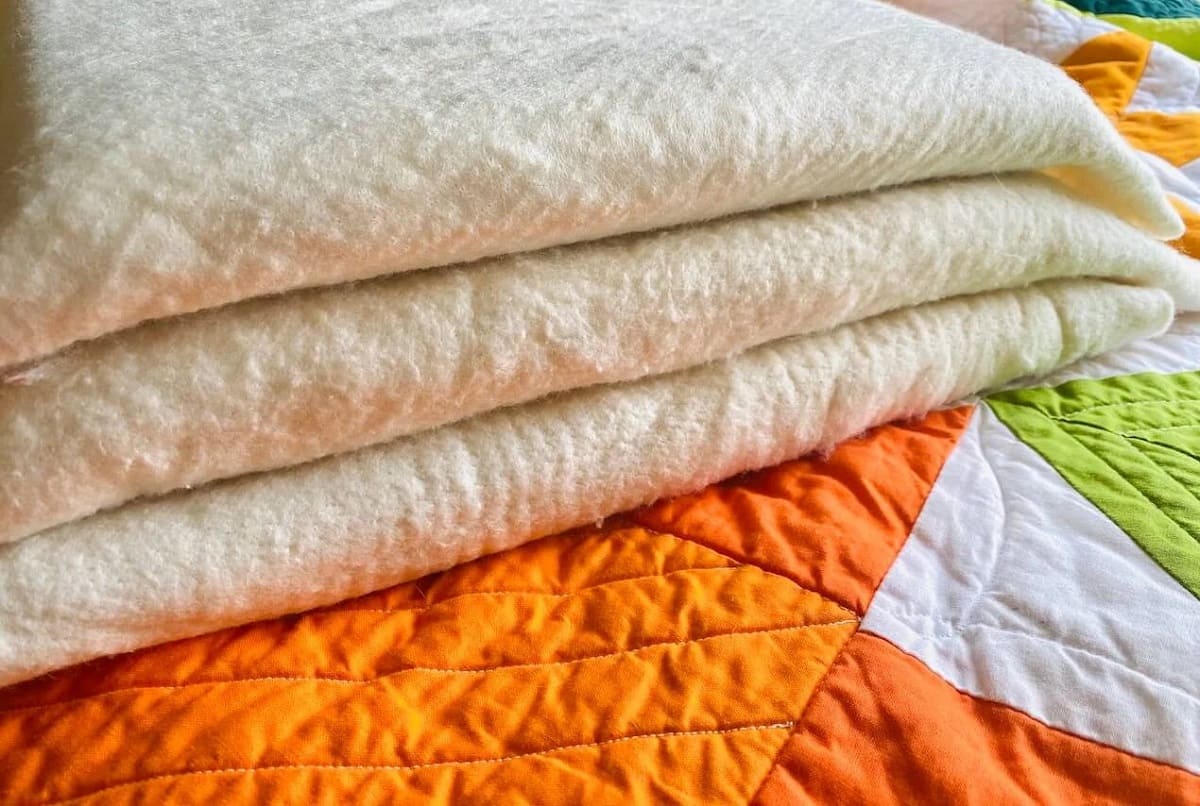

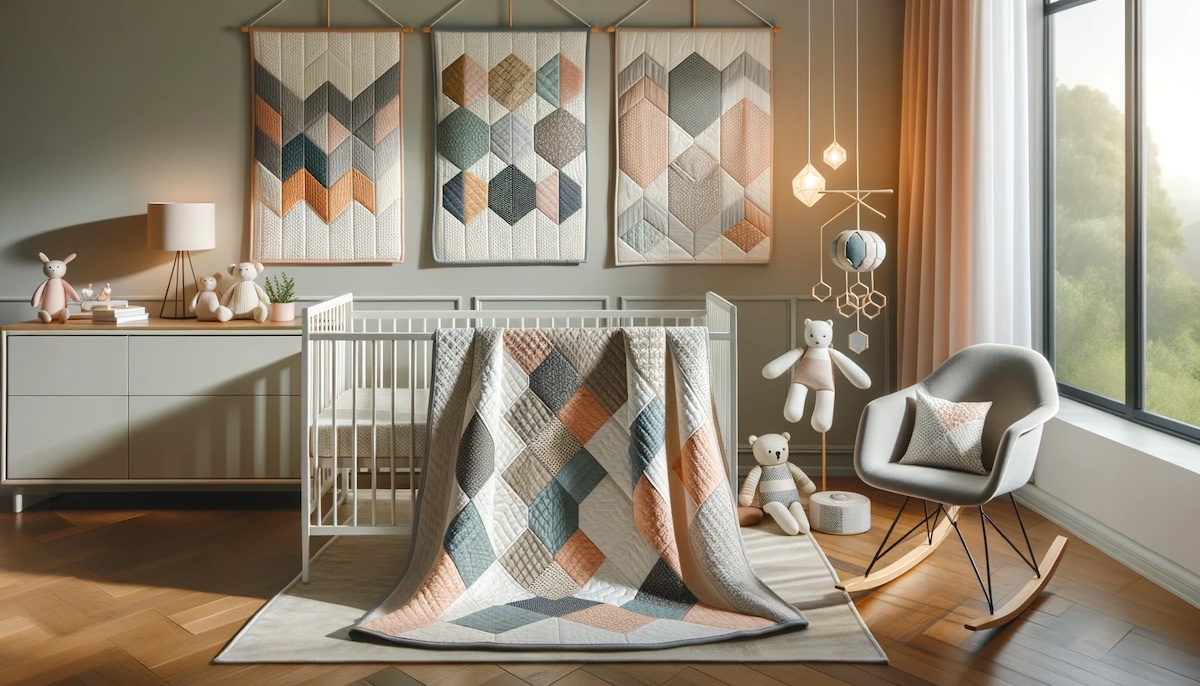
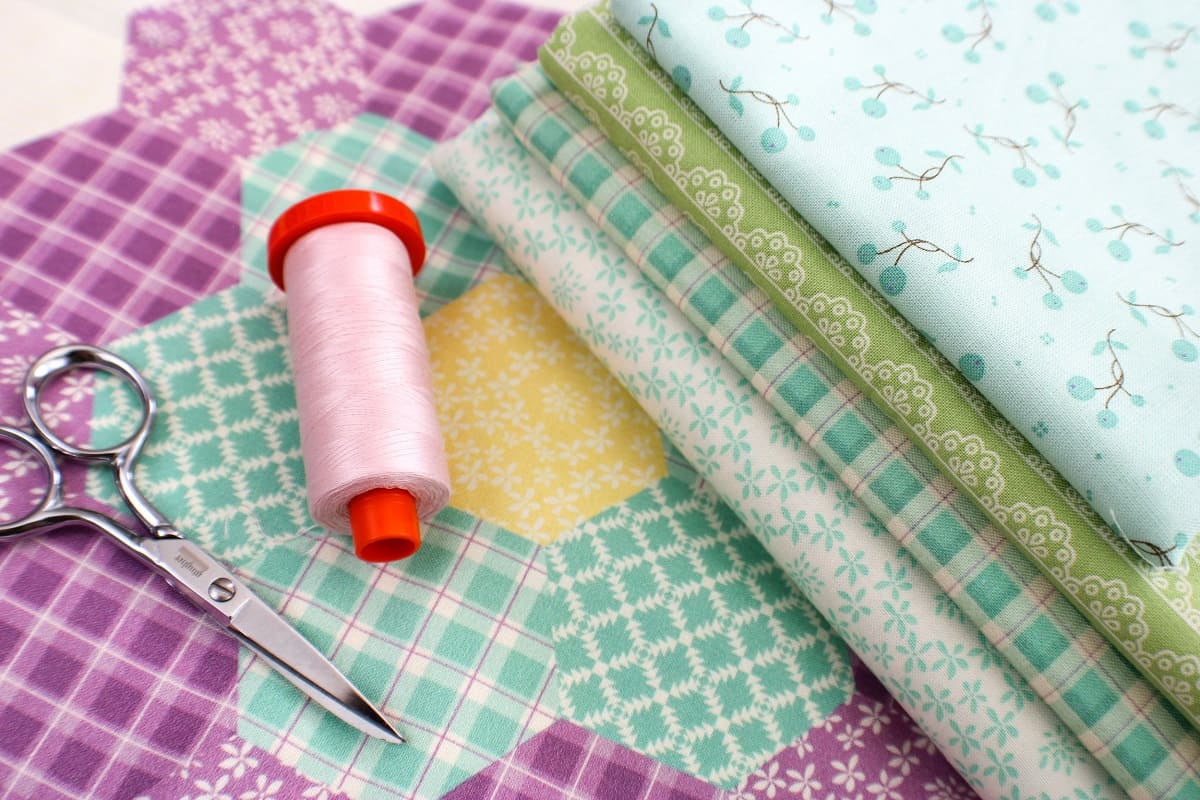
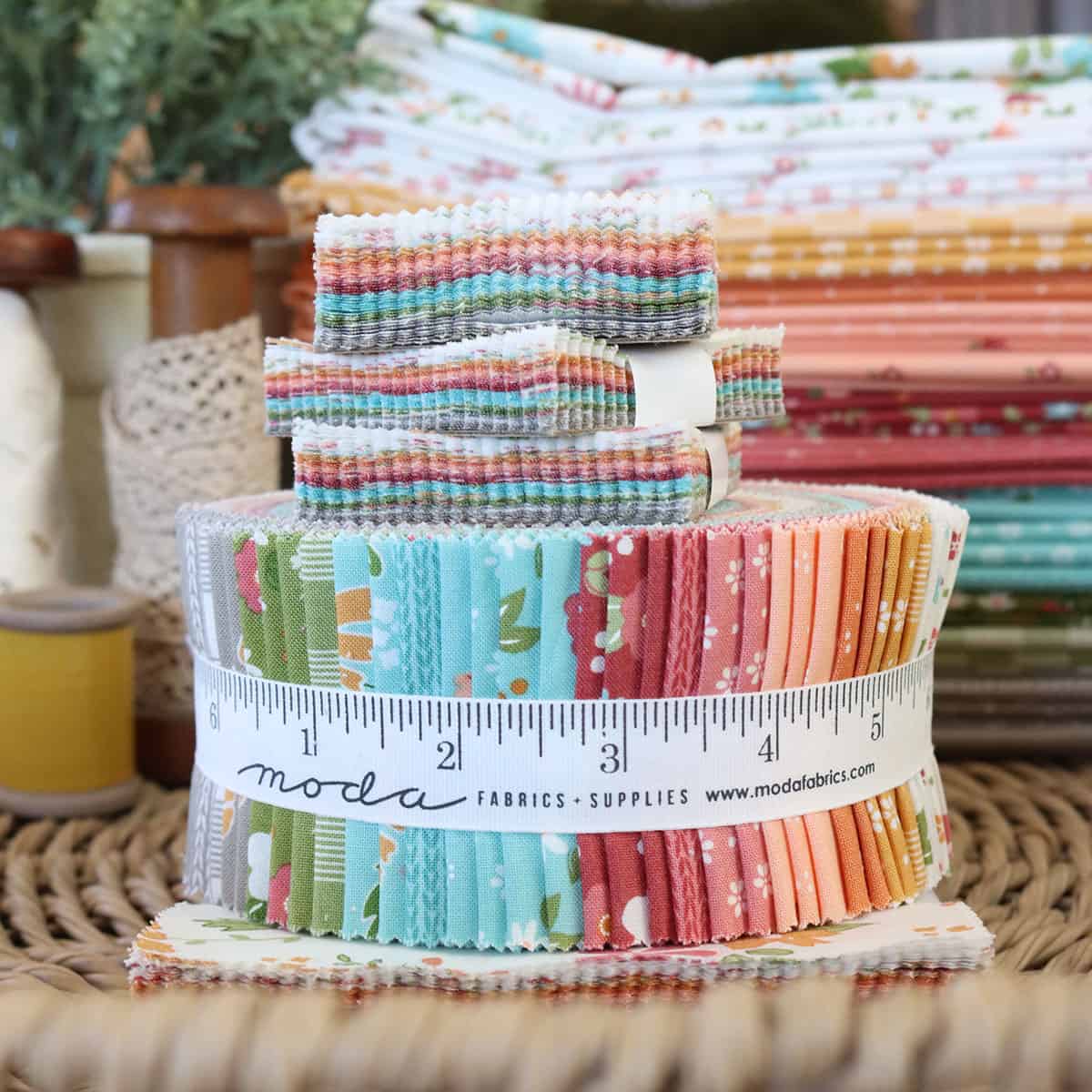
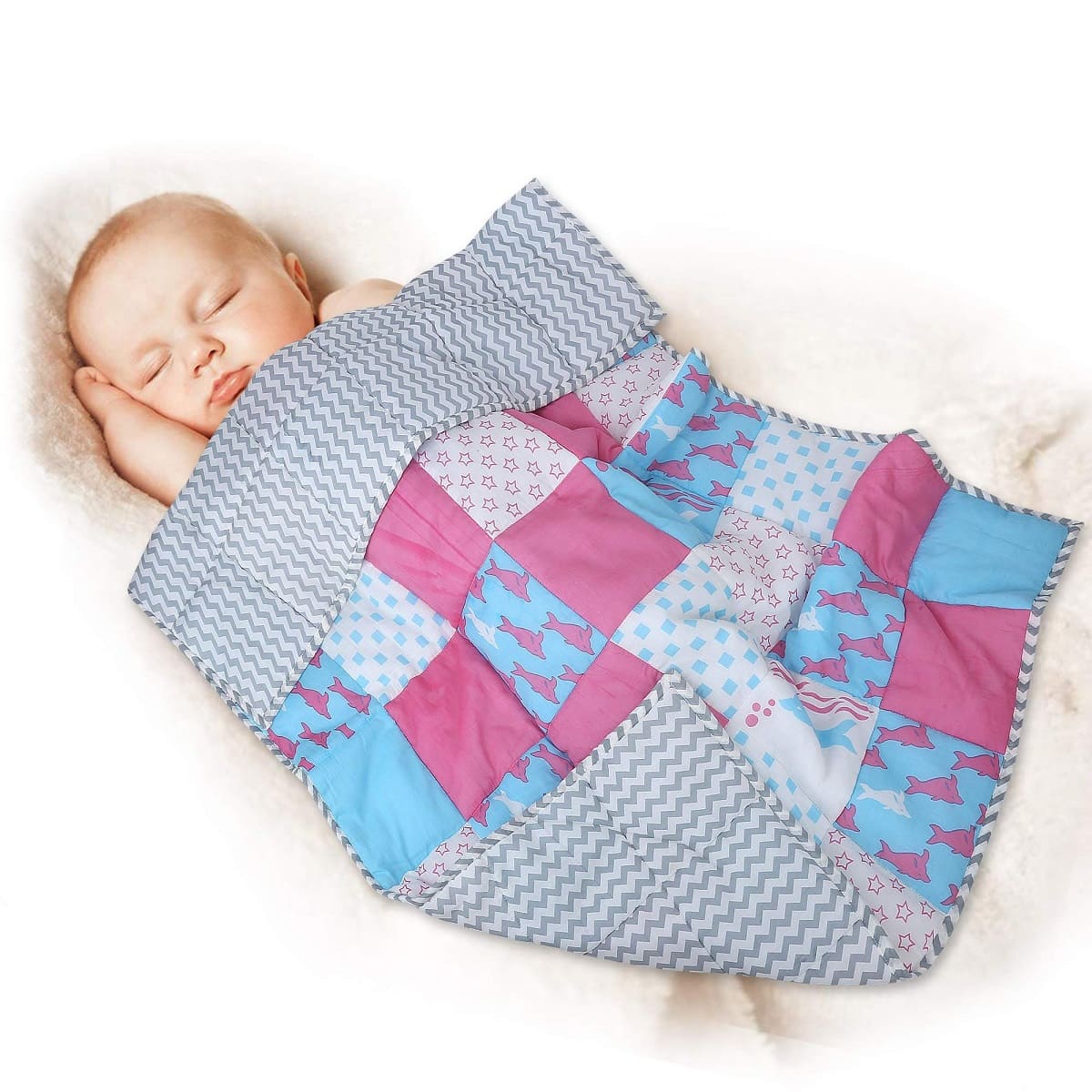
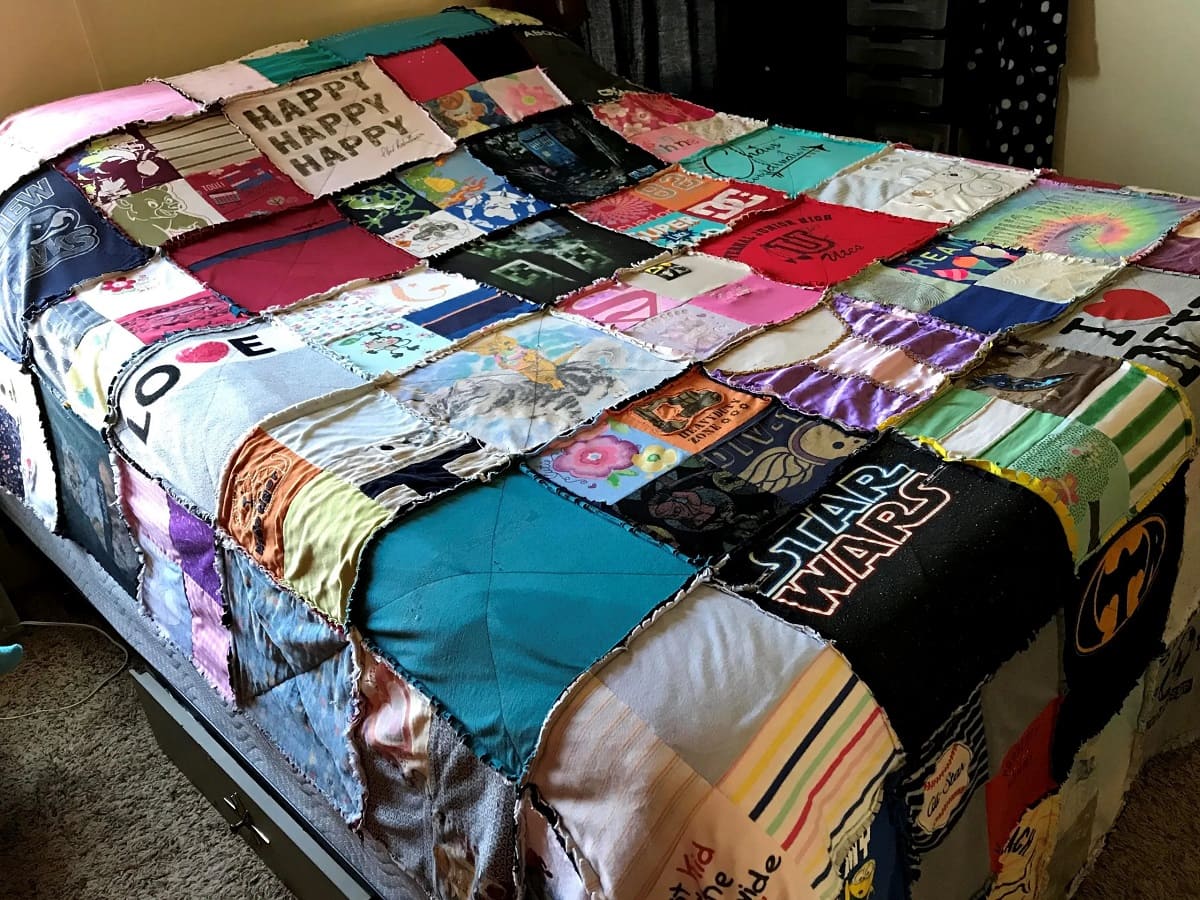

0 thoughts on “How Many Fat Quarters To Make A Baby Quilt”